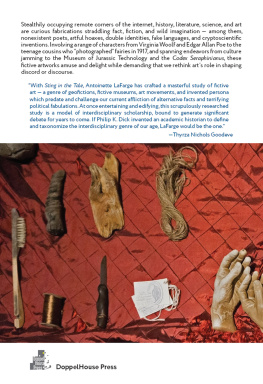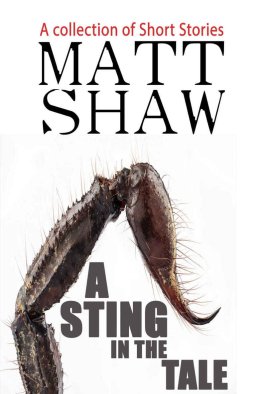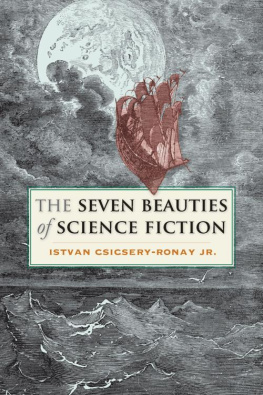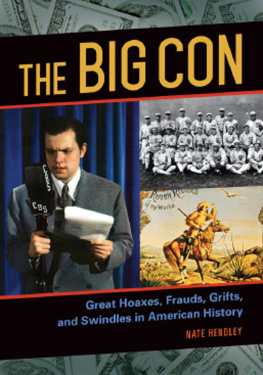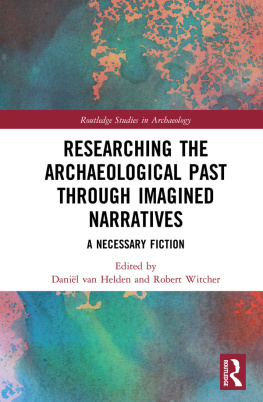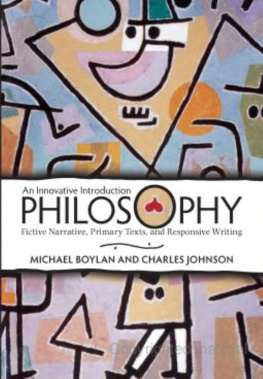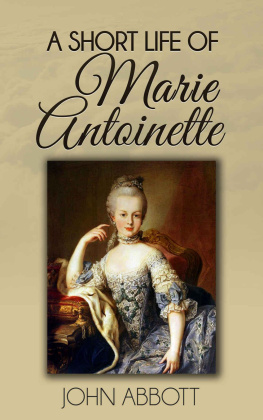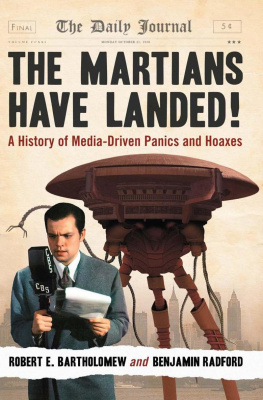Antoinette LaFarge - Sting in the Tale: Art, Hoax, and Provocation
Here you can read online Antoinette LaFarge - Sting in the Tale: Art, Hoax, and Provocation full text of the book (entire story) in english for free. Download pdf and epub, get meaning, cover and reviews about this ebook. year: 2021, publisher: DoppelHouse Press, genre: Art. Description of the work, (preface) as well as reviews are available. Best literature library LitArk.com created for fans of good reading and offers a wide selection of genres:
Romance novel
Science fiction
Adventure
Detective
Science
History
Home and family
Prose
Art
Politics
Computer
Non-fiction
Religion
Business
Children
Humor
Choose a favorite category and find really read worthwhile books. Enjoy immersion in the world of imagination, feel the emotions of the characters or learn something new for yourself, make an fascinating discovery.
- Book:Sting in the Tale: Art, Hoax, and Provocation
- Author:
- Publisher:DoppelHouse Press
- Genre:
- Year:2021
- Rating:4 / 5
- Favourites:Add to favourites
- Your mark:
Sting in the Tale: Art, Hoax, and Provocation: summary, description and annotation
We offer to read an annotation, description, summary or preface (depends on what the author of the book "Sting in the Tale: Art, Hoax, and Provocation" wrote himself). If you haven't found the necessary information about the book — write in the comments, we will try to find it.
An illustrated survey of artist hoaxes, including impersonations, fabula, cryptoscience, and forgeries, researched and written by an expert fictive-art practitioner.
In her groundbreaking book, internationally recognized multimedia artist and writer Antoinette LaFarge reflects on the most urgent question of today: where does truth lie, and how is it verified? Encouraging readers to critically question the role art plays in shaping reality, Sting in the Tale: Art, Hoax, and Provocation defines a new genre of art that fabricates evidence to support a central fiction. Interweaving contemporary fictive art practice with a lineage of hoaxes and impostures dating from the 17th century, LaFarge offers the first comprehensive survey of this practice.
The shift from the early information age to our infocalypse era of rampant misinformation has made fictive art an especially radical form as it straddles the lines between fact, fiction, and wild imagination. Artists deploy a wide range of practices to substantiate their fictions, manufacturing artefacts, altering photographs, and posing as experts from many different fields. A fictive-art practitioner herself, LaFarge explores and underscores the myriad ways art can ground or destabilize ones lived reality, forcing us to question our subjective experience and our understanding of what counts as evidence.
Many examples of these curious and sometimes notorious fabrications are included - from nonexistent artists and peculiar museums to cryptoscientific objects like fake skeletons and staged archaeological evidence. From the intriguing Cottingley fairy photographs captured in 1917 by teenage sisters, to the Museum of Jurassic Technology; from the work of artists like Iris Hussler, Joan Fontcuberta, and Eva and Franco Mattes to the enigmatic encyclopedia known as the Codex Seraphinianus, fictive art continues to reframe assumptions made by its contemporaneous culture. With all the attendant consequences of mistrust, outrage, and rejection, fictive art practitioners both past and present play upon the fragile trust that establishes societies, underlining the crucial roles played by perception and doubt.
Antoinette LaFarge: author's other books
Who wrote Sting in the Tale: Art, Hoax, and Provocation? Find out the surname, the name of the author of the book and a list of all author's works by series.

